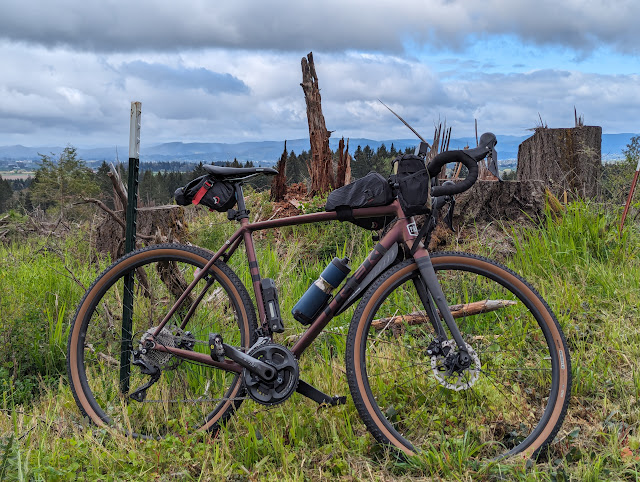A Flask Counts as First Aid, Right?
 |
| Jared gets video of AirMed landing in the backcountry |
It wasn't as apparent in the movie, but when I read Michael Punke's book, I learned the magnitude of the moment when Tom Hardy's character takes not only Leo's gun, but the small leather bag around his neck. That "Possibles Bag" (everything a trapper could "possibly" need) was essentially the difference between life and death for a trapper-- a small bag containing a little food, a way to start fire, a knife and ammo-- the essence of ultralight.
 |
| Still a few bridges out on the High T and climb to Greely (skier Jeff Monroe) |
I've always struggled balancing weight savings with having everything I might possibly need; my 32 liter backpack fills up quick, even for a day ski tour in the Wasatch. When scrutinizing my supplies, I think "Mountain men got by with far less, you don't need it" but it never fails that I'm reminded later of something else I should have squeezed in.
At first, this could have been a blog about how ill-prepared I am for "nature's call". When I saw a skier wandering around the trails of Mill D with a roll of TP, looking for a place to squat, tt occurred to me, "I don't have toilet paper!" That should demonstrate how ingrained my need to be prepared is. In my whole 13 years of backcountry skiing, I have had to drop trow in the backcountry a whopping total of two times-- that's it. Hey, it probably means I'm due. Being without some Charmin might just be my personal version of a grizzly attack.
 |
| Playing it safe in Powder Park (photo Jared Hargrave) |
But I don't think it was any coincidence that earlier that morning as I looked at other skiers in the Spruces parking and questioned how much gear they were toting, that my need to have a Kate Moss pack collided with the need to be prepared. Because for the second time in my life (hey, same as the number of times I've number two'ed, coincident?!), I was involved in a true backcountry emergency requiring an air lift.
A young woman broke her leg while skiing in the Powder Park area of the Mill D drainage. Jared and I, with the assistance of a local guide educated in outdoor emergency care and another skier assisted her boyfriend in stabilizing her for rescue. While I watched the guide pull a SAM splint and "Eskimo Rescue Sled" from his pack, I realized how meager my first aid kit was. Tape, bandaids and moleskin wasn't going to do shit for her, or me for that matter if I ever got into trouble.
Now, the best equipment you can have in those situations is probably your brain. Knowing what to do goes a lot further than just having all the gear. Somewhere I have my thick Outdoor Emergency Care manual that I used when training for ski patrol over 10 years ago. I should crack it open and review a few things, provided I avoid that picture of the fishook in the eye. (Let me tell you, if that happened to Leo, it would have been over for me-- walking out of the movie.)
When I was 12 years old, I remember going to Boy Scout summer camp and for some odd reason (probably because I was an odd kid), feeling the need to bring my first aid kit to breakfast. Strapping that tin box to my belt like some kind of khaki batman was probably more about expressing character than any expectation that I would need to perform frontier medicine in the Bear Paw mess hall, but it was a microcosm of a tug of war I still have now: questioning what really is appropriate to carry for First Aid? Short of staying at home and drinking a beer instead of skiing, I don't think you can ever know what all you'll need in your First Aid kit.
So I'll probably make a few edits to my pack. Squeeze in that SAM splint, a few extra Voile straps, maybe even my CPR mask. But I'm also taking a somewhat spiritual approach to this, and that is in my concept of Backcountry Karma. That's the bank in which we, as members of the alpine touring community (the Backcountry Sangha as I call it), need to make deposit whenever possible. What happened to that skier on Saturday could have happened to any one of us who skis, and thankfully for her, some of us willing to help; but that has to just be an extension of the golden rule. We would want someone to help us. I know that won't always be enough when the grizzly rolls on top of you, but it has to count for something, it's definitely not a situation where you can ski on by.
Unless you get a fishhook in the eye, then sorry, you're on your own.



Comments